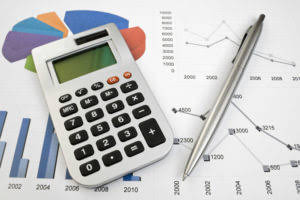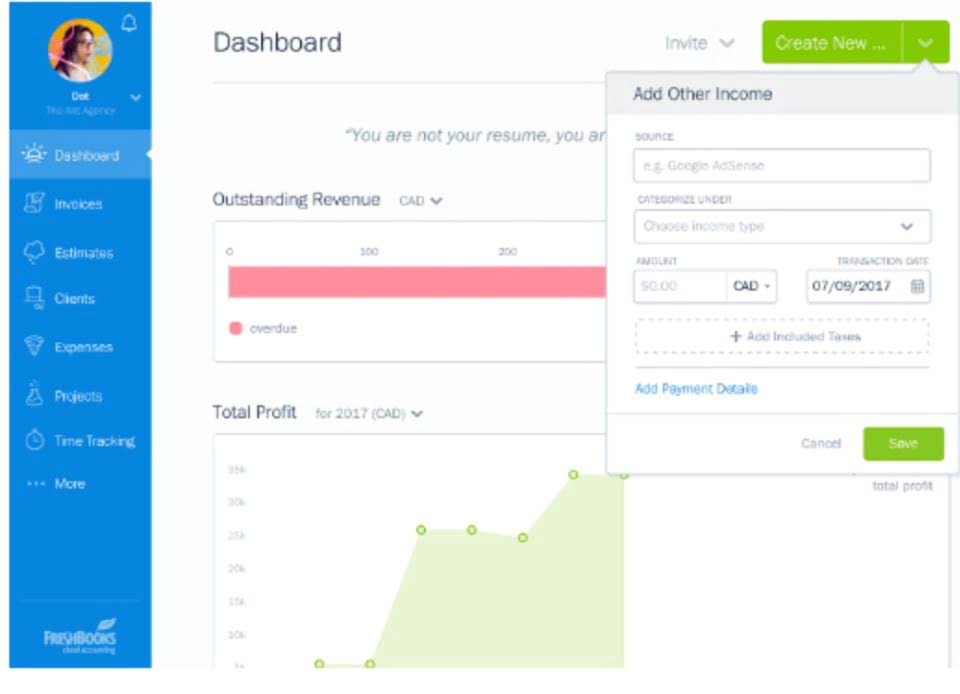
TurboTax Premium searches 500 tax deductions to get you every dollar you deserve. When you’re finished, you’ll need to attach Form 4797 and Schedule D (if required) to your Form 1040 or other appropriate tax return form. Salvage value can be based on past history of similar assets, a professional appraisal, or a percentage estimate of the value of the asset at the end of its useful life. Buildings and structures can be depreciated, but land is not eligible for depreciation. Also, depreciation expense is merely a book entry and represents a « non-cash » expense. Therefore, depreciation is a process of cost allocation—not of valuation.
- And it’s typical to amortize assets over long periods—like fifteen years.
- As a result, it’s wise to consult with a qualified tax professional before moving forward with the purchase or sale of business property.
- The property cost $39,000 and you elected a $24,000 section 179 deduction.
- If these requirements are not met, you cannot deduct depreciation (including the section 179 deduction) or rent expenses for your use of the property as an employee.
- Find the month in your tax year that you placed the property in service in a trade or business or for the production of income.
- One table shows the percentage for property placed in service after June 22, 1984.
Would you prefer to work with a financial professional remotely or in-person?
Under MACRS, Tara is allowed 4 months of depreciation for the short tax year that consists of 10 months. The corporation first multiplies the basis ($1,000) by 40% to get the depreciation for a full tax year of $400. The corporation then multiplies $400 by 4/12 to get the short tax year depreciation of $133.
- 11 Financial’s website is limited to the dissemination of general information pertaining to its advisory services, together with access to additional investment-related information, publications, and links.
- Depreciable assets include machinery, equipment, buildings, vehicles, and furniture.
- The depreciation method for this property is the 200% declining balance method.
- You treat property under the mid-quarter convention as placed in service or disposed of on the midpoint of the quarter of the tax year in which it is placed in service or disposed of.
- To help avoid this, the following discussion provides an overview of the depreciation recapture rules.
How much will you need each month during retirement?
All such information is provided solely for convenience purposes only and all users thereof should be guided accordingly. Fixed assets lose value throughout their useful life—every minute, every hour, and every day. It would, however, be impractical (and of no great benefit) to calculate and re-calculate the extent of this loss over short periods (e.g., every month). It is in this sense that depreciation is considered a normal business expense and, consequently, treated in the books of account in more or less the same way as any other expense. The cost of the asset minus its residual value is called the depreciable cost of the asset.
Common Depreciation Methods
- For example, a salesperson visiting customers on an established sales route will not normally need a written explanation of the business purpose of his or her travel.
- If an amended return is allowed, you must file it by the later of the following.
- Dean does not have to include section 179 partnership costs to figure any reduction in the dollar limit, so the total section 179 costs for the year are not more than $2,890,000 and the dollar limit is not reduced.
- Reading the headings and descriptions under asset class 30.1, you find that it does not include land improvements.
- This means that, for a 12-month tax year, 1½ months of depreciation is allowed for the quarter the property is placed in service or disposed of.
Depreciating a real estate rental property means deducting the cost of buying or renovating a rental property over a period of time rather than all at once. Depreciating the property means you deduct the cost over its useful life. Real estate can also experience economic depreciation when the market value of the property decreases. Examples of depreciable property include machines, vehicles, buildings, computers, and more. An asset depreciates until it reaches the end of its full useful life and then remains on the balance sheet for an additional year at its salvage value. Two common depreciation methods are straight-line and accelerated.

Methods of Depreciating Fixed Assets
The total depreciation allowable using Table A-8 through 2025 will be $18,000, which equals the total of the section 179 deduction and depreciation Ellen will have claimed. If you dispose of all the property, or the last item of property, in a GAA, you can choose to end the GAA. If you make this choice, you figure the gain or loss by comparing the adjusted depreciable basis of the GAA with the amount realized. Assume the same facts as in Example 1 under Property Placed in Service in a Short Tax Year, earlier.

The double-declining-balance method more accurately represents how quickly vehicles depreciate and can therefore be used to more closely match cost with the benefit from using the asset. This type of depreciation is calculated by dividing the cost by the expected life, which gives you an equal expense each year. The depreciation rate for something such as a car will decrease every year because the car loses value with time and driving use. You can comp some of the cost of the initial purchase and maintenance of the vehicle by reporting it as a “depreciable asset” on your business taxes. Using depreciation calculation methods, a certain amount will be deducted from the asset’s value each year. Expensive assets, such as manufacturing equipment, vehicles, and buildings, may become obsolete over time.
- If that amount is higher than the limit listed on Line 11, enter the value from Line 11.
- You figure your declining balance rate by dividing the specified declining balance percentage (150% or 200% changed to a decimal) by the number of years in the property’s recovery period.
- Uplift does not furnish an automobile or explicitly require you to use your own automobile.
- In later years, you must determine if there is any remaining unadjusted or unrecovered basis before you compute the depreciation deduction for that tax year.
- The above rules do not apply to the holder of a term interest in property acquired by gift, bequest, or inheritance.
- The percentages for 18-year real property under the alternate method are in Tables 7, 8, 10, 11, 14, and 15 in the Appendix.
Double-Declining Balance Depreciation Method
To properly plan for depreciation recapture, it helps to first have a general understanding of depreciation and how it’s treated for tax purposes. The maximum amount of tax owed from depreciation recapture would be $13,418.18, with any remaining depreciable property examples capital gain taxed at 0%, 15%, or 20% depending on the investor’s tax bracket. So, over the four-year holding period, the investor was able to claim a depreciation expense of $53,672.72 to reduce the amount of taxable net income.


However, a mere statement by the employer that the use of the property is a condition of your employment is not sufficient. For a detailed discussion of passenger automobiles, including leased passenger automobiles, see Pub. Qualified nonpersonal use vehicles are vehicles that by their nature are not likely to be used more than a minimal amount for personal purposes.

